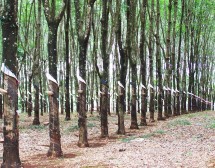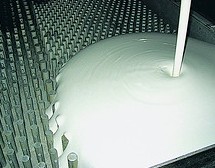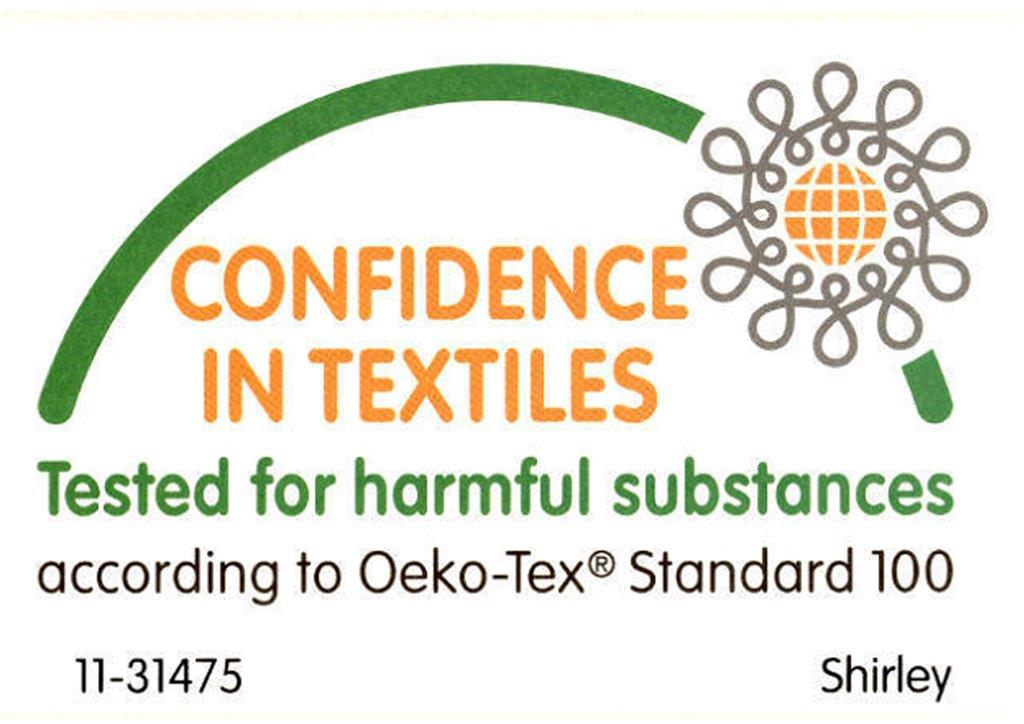You may want to ask “why?” Let us give you some explanation about our products, and compare this with what you may find in many Australian bedding stores (including some well-known chain stores):
You see, not all “LATEX” is the same: since there’s no conclusive labelling law in Australia many products with latex in their name are based on petrochemical-based polyurethane foams or contain a high proportion of these. Synthetic foam can never provide the same properties, health benefits, or longevity as plant based natural latex.

A pin core constructed latex mattress naturally adjusts to the contours of your body, providing gentle orthopedic support that maintains proper spinal alignment without restricting capillary blood flow. Latex’s open cell structure with a pin core design allows for maximum breathability, which is essential for removing excess heat and moisture that might prevent a good night’s sleep.
What others are advertising as a “Latex Mattress” can be either
• a basic inner-spring mattress with a latex layer on top, where the “latex foam” can have any of the following qualities:

• a thin piece of latex combined with other wadding and, in many cases, polyurethane foam (even Wikipedia states “A number of mattress manufacturers have incorporated polyurethane and visco-elastic foams with a portion of plant-based content.”);
• in more expensive mattresses a combination with high proportion of visco-elastic foams, labelled as “Memory Foam” or branded as Tempur™. We have many customers who complain that they spent a lot of money on such a mattress, only to experience later that this material is too hot to sleep on during summer. Some foam is also prone to collapsing after a few years use.
• in the best case a blend of synthetic petrochemical-based polyurethane foam and natural plant based latex, which still cannot provide all the benefits of 100% natural latex.
[We don’t like to bad-mouth competitors, but if you check the IKEA ‘SULTAN ELSFJORD Latex Mattress’ you will find in the extendable product description “Comfort material: Polyester wadding, Synthetic latex” — we advise you to check the fine print. Whenever somebody wants to tell you about their experience with a ‘latex mattress’ make sure that they know what they are talking about…]
Zentai applies the same care when choosing other components for our mattresses: all our quilting and wadding materials are 100% natural. We use 100% new New Zealand wool for our wadding — not a wool blend. All covers are produced from either 100% cotton, or on many models from bamboo blend fabric (a fast growing natural resource).
Before you buy your new Latex Mattress ask the right questions!
ZENTAI’s LATEX – Nature’s renewable resource

Our Latex is selected and sourced from well managed plantations in South East Asia. The quality is monitored to ensure high quality and consistency.
Absolutely no synthetic latex or fillers or extenders are used in the manufacture of our products.

|
 |
|

|
| ECO Institut: Our latex blocks have been tested for its components with ECO certification over the last many years. Our products have no SBR and additional filler content and have passed with much higher ratings at the test. |
Oeko-Tex 100 Class 1: |
LGA: |
ABC Research Corporation: |
 |

|

|
|
|
Twin City Testing Corporation/Stork: |
GOLS Global Organic Latex Standard: Applicable to our organic latex products. The standard addresses criteria for natural rubber from certified organic plantations. To achieve GOLS certification, a product must contain more than 95% of certified organic raw material. |
ECO Institute, Germany: This test evaluates the fillers, synthetic rubber and hazardous components and emissions in the product. ECO certification confirms that our products are free of fillers, synthetic rubber or hazardous particles, thus being certified as 100% natural. |